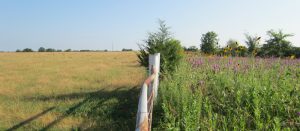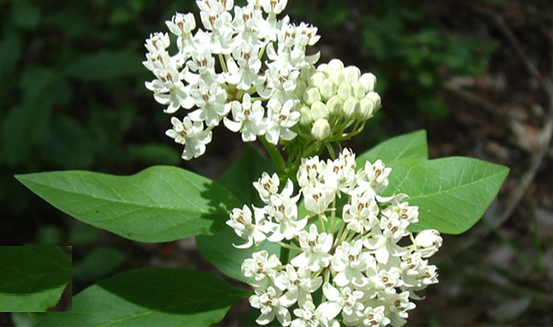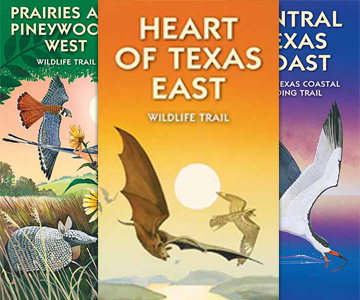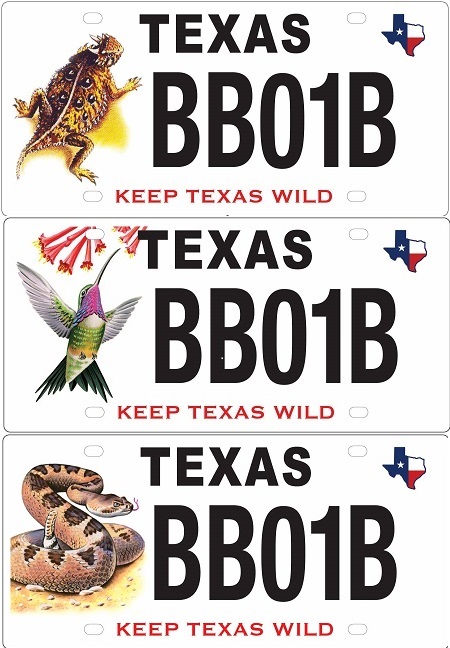Wildlife and the Law of Attraction
Tuesday, April 17th, 2018This is Passport to Texas
Habitat requirements vary between species, yet some critters make themselves at home anywhere.
Wildlife are really adaptable, and there’s going to be some wildlife that thrive in whatever type of habitat that’s provided.
Kelly Simon (SEE-mah) is an urban wildlife biologist. Even a perfectly manicured monochromatic monoculture known as lawn—will attract some wildlife.
In a typical urban area—where you’ve got really closely mowed Bermuda grass lawn, or St. Augustine lawn, and then just a few really tall mature trees and kind of nothing in the middle? That kind of habitat is really good for grackles, and pigeons, for possum and raccoon, and kind of the species that you see in a disturbed habitat.
Simon says most people don’t mind seeing those species sometimes, but not all the time.
And so what we try to do is to encourage people to create a more balanced habitat. And what I mean by that is to provide native plants that provide natural food sources—fruits, nuts, berries, leaves, etcetera—that provide a balanced source of nutrition for the animals.
This balanced habitat is called a wildscape. Find wildscape information on the Texas Parks and Wildlife website.
The Wildlife restoration program supports our series.
That’s our show… For Texas Parks and Wildlife…I’m Cecilia Nasti.







 Passport to Texas is a
Passport to Texas is a  Passport to Texas is made available by:
Passport to Texas is made available by: